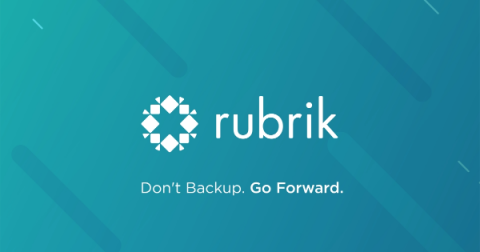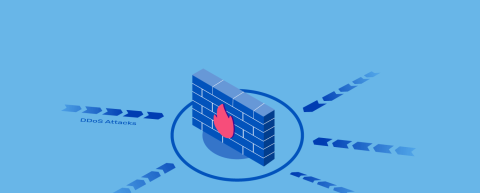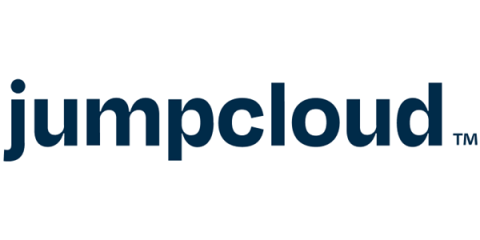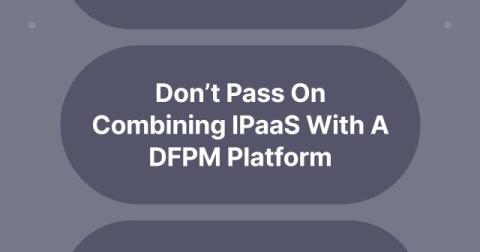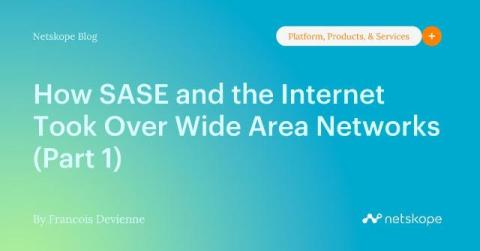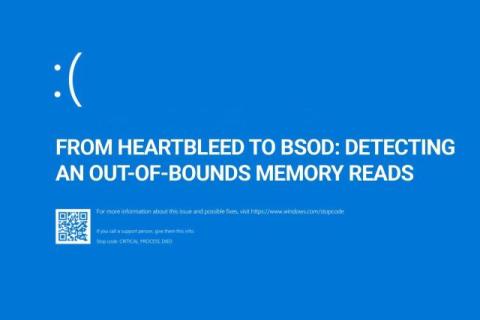Secure Databases at the Point of Data: Rubrik Support for Oracle Databases on Windows Is Now Available
In today's data-driven world, protecting critical business information is paramount. We're excited to announce that Rubrik support for Oracle Databases on Windows is now available. This added support enables customers to bring Rubrik Security Cloud to even more of their mission-critical Oracle environments, providing a comprehensive, efficient, and reliable data protection solution for enterprises of all sizes.


